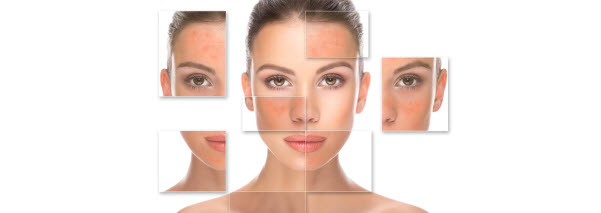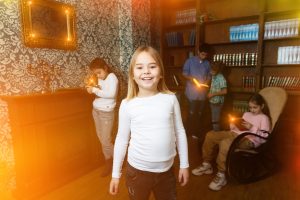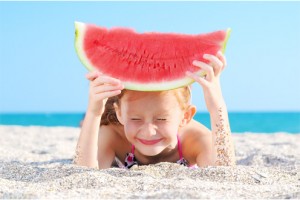When Is a Red Face More Than Just a Blush?

Ask any teenager to think about their parents kissing, or catch sight of a tourist after a day on the beach and you’ll undoubtedly notice some very red faces. But to be clear, these are not examples of ‘facial redness associated with rosacea’.
Facial redness associated with rosacea is actually a medical complaint, a chronic inflammatory skin condition that often begins as redness. Persistent facial redness can be a symptom of this bona fide medical disease and it is something that you and your doctor have to take seriously.
Symptoms of Rosacea
The symptoms of rosacea can include:
- Flushing and persistent redness
- Visible blood vessels
- Stinging and burning
It is important to note that many causes of normal, everyday redness (from sun, cosmetics, exercise and so on) can also aggravate the symptoms of rosacea. Controlling these ‘triggers’ is an important part of treatment, to be followed alongside expert medical advice from a dermatologist or other healthcare professional.
Rosacea Versus Facial Redness
Apart from being a difficult word to spell, rosacea (Ro-ZAY-sha) is defined as a chronic and inflammatory condition of facial skin. There are four distinct types of rosacea, but typical signs and symptoms may include:
- A tendency to blush or flush easily
- Bumps or pimples on the face
- Dry, tight, or itchy facial skin
- A burning or stinging sensation in the face
- Redness or thickening skin on the cheeks, nose, chin or forehead
- Small visible blood vessels on the face
- Watery, bloodshot, or irritated eyes or swollen eyelids
Click here to see the rest of our helpful info on the treatment and prevention of rosacea.














